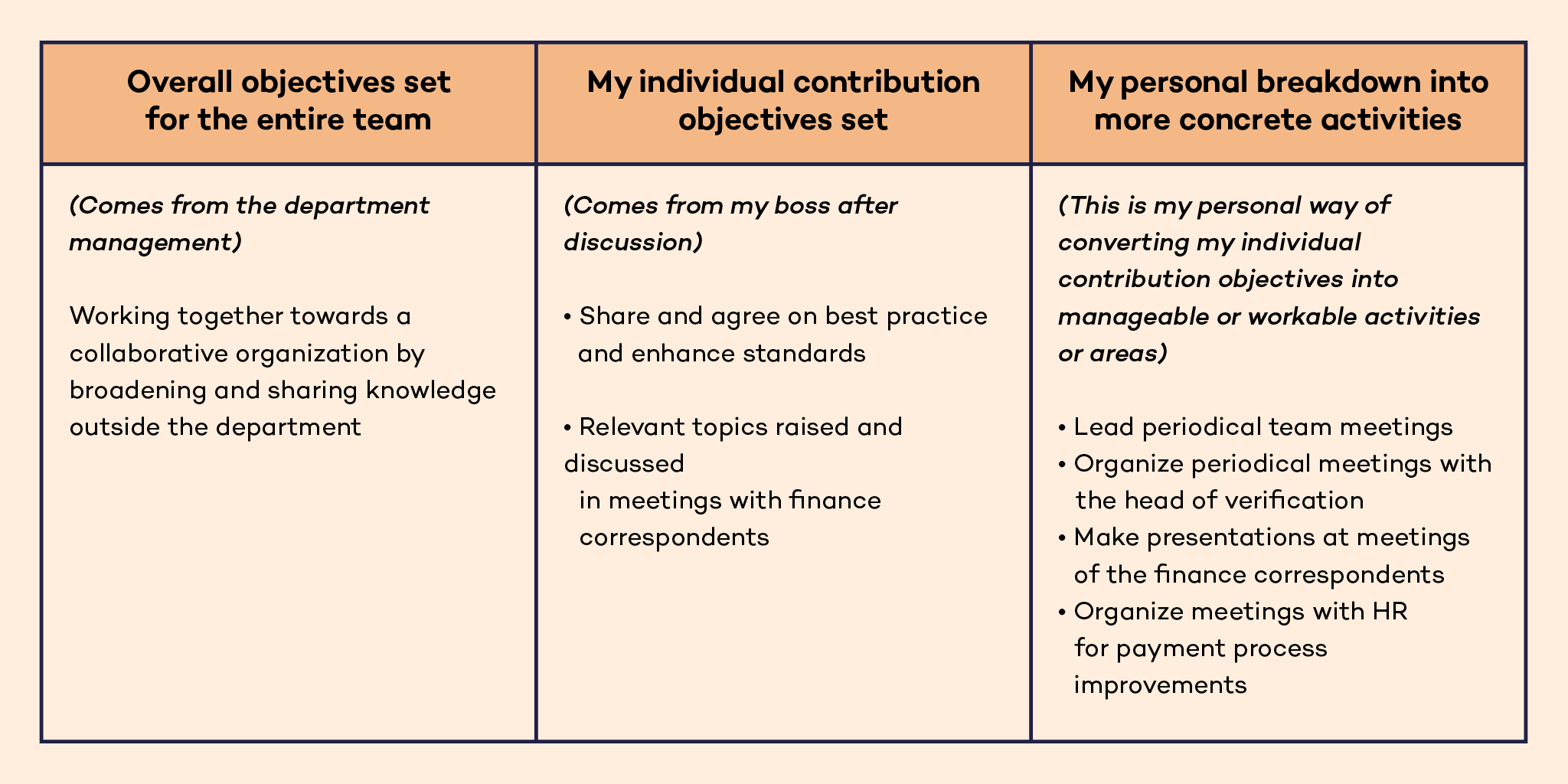
We regularly introduce Nozbe users from all over the world. Today, we visit Spain to meet Pedro Rodinger and learn his way of dealing with his professional objectives in Nozbe.
Who is Pedro?
My name is Pedro Rodinger, I’m a manager with more than 20 years of experience in the field of finance and accounting on the one hand and industrial property on the other hand. I work in an international environment with particular emphasis on organization, implementation of IT systems and managing staff.
I am married with no kids. My wife and I live in Alicante, Spain. In my free time, I’m a passionate volunteer at the Spanish Red Cross in Alicante.
The role of Nozbe
I’ve been using Nozbe for more than two years now. Today, I’d like to explain how I use the app to control the accomplishment of my yearly objectives by means of specific tasks and a particular context.
Schematic presentation of Pedro’s yearly professional goals
The following table has three columns. The first two are the yearly professional objectives I have to manage, whereas the third one is my personal interpretation of the goals shown as actionable tasks. These are the specific activities or areas in which I can actually do something in order to reach the goals set. Of course, what I explain hereafter is only a simplified version that is just to better understand the example.

Step 1: a new category “Yearly objectives 2016”
In order to make a complete follow-up of my goals, I create a category called “Yearly objectives 2016.” I add the year as this allows me to differentiate the objectives for the new year from those of the outgoing year where I still need to be able to gather a complete overview for my year-end performance report. Once this year-end performance report is finished, I delete the “Yearly objectives 2015” category.
Step 2: I create a Nozbe task for each of the specific activities
In my case, these objectives represent to some extent a continuation or progression of my 2015 goals and responsibilities. For this reason, I have already many Nozbe projects going on.
Now, for each of the four specific activities indicated above I create a task in Nozbe. I add the “Yearly objective 2016” category to each of them and assign it to the corresponding projects I have already running. This assignment may require, at occasions, a certain rearrangement or rethinking of the ongoing projects or the creation of a new one. I find it necessary to rearrange the ongoing projects to the new objectives and consider it a useful exercise that assures alignment.
Step 3: monthly or periodical progress review
Once per month or perhaps every two month, I review all tasks of the category “Yearly objectives YYYY” and add my comments. This allows me to get a complete overview of my achievements and the progress in complying with the objectives set. At the end of the year, I can use all these comments for my performance review.
And you?
Isn’t Pedro’s idea interesting and practical? He uses the basic Nozbe features to organize his job-related commitments and goals assigned to him by his managers. He also proves that:
- It is worth to divide the big goals into smaller steps
- These steps as well as tasks in Nozbe should be specific and actionable
- Every project or mission requires regular reviews and updates/adjustments
Question: What is your way of using Nozbe in order to get things done?
Please, share your methods with other users by e-mailing our team. Thanks! And if you look for more ideas for Nozbe use - check out our list of Nozbe.HOW templates.



